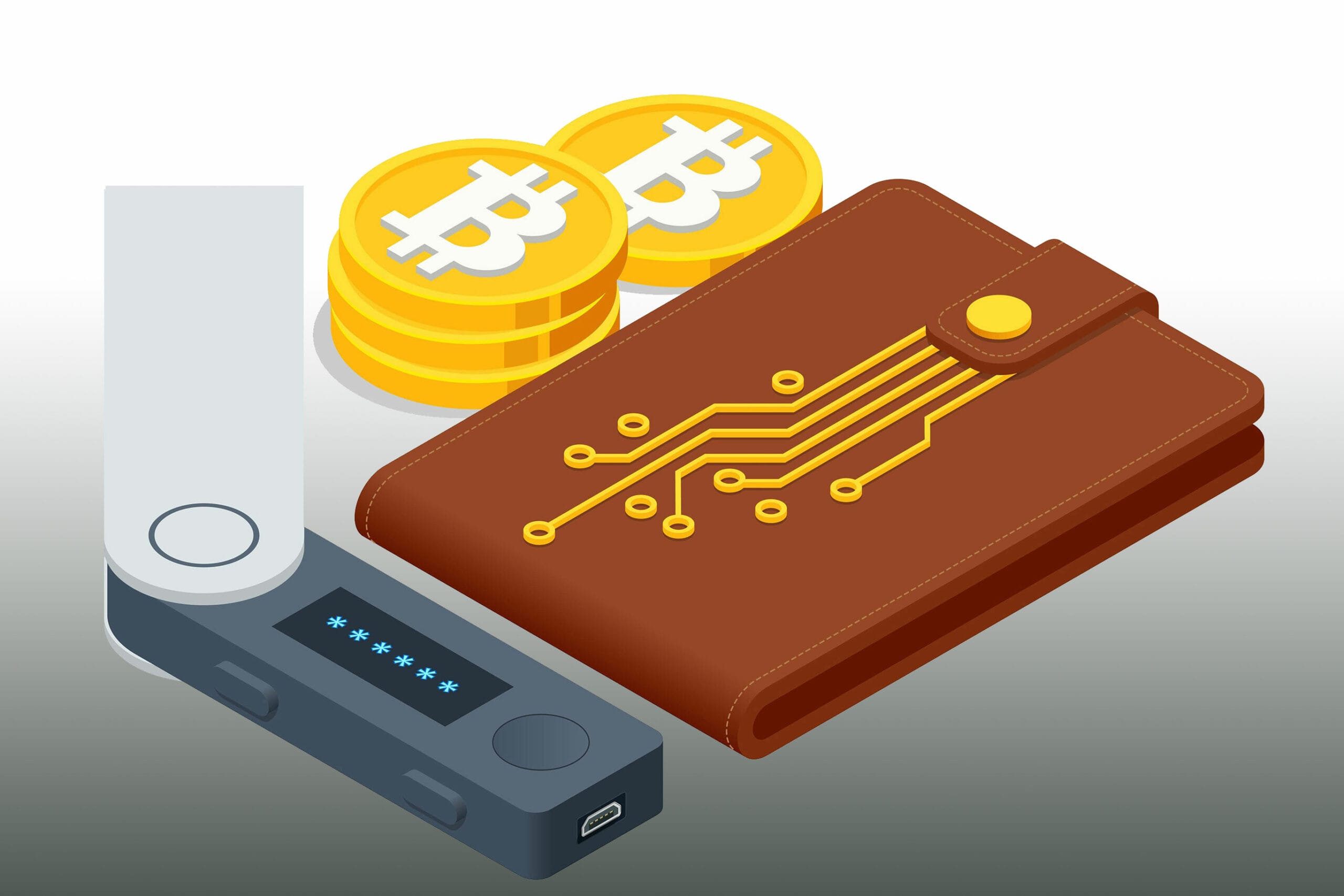
Have you ever heard the terms cold and hot wallet in the crypto space and wondered why a wallet would be cold…or hot, for that matter? Well, the first thing to know is the name has nothing to do with the temperature of the wallet.
In actuality, a cold wallet is referred to as cold because it is offline and not connected to the internet. A cold wallet most often comes in the form of a USB drive, or other physical device, that you connect temporarily to the internet to complete transactions on the blockchain. A cold wallet, like a USB drive, is only accessible online when it is connected to the internet through a computer.
Some crypto users prefer not to use a device and instead opt to store their crypto utilizing a paper wallet, another form of cold wallet. A paper wallet is a document with your cryptocurrency wallet’s public and private keys written on it. The paper wallet is created using a bitcoin wallet paper tool and may contain a QR code that can be scanned to retrieve the crypto. Both computer devices and paper cold wallets are easy to transport and can be kept in a safe or other secure location between uses.
By comparison, a hot wallet operates entirely online using an internet connection. Hot wallets, also known as software wallets, usually come as a feature on an app you download on your phone, or the hot wallet is hosted by a website you log into.
Hot wallets are convenient and easy to access because they only require an internet connection and log-in device. Likewise, hot wallets are accessible from anywhere in the world. You can create and maintain hot cryptocurrency wallets for many different coins through the Bitcoin Depot app, including Bitcoin and Bitcoin Cash.
Most crypto experts believe cold wallets better secure your crypto since your wallet is not connected to the internet and therefore not susceptible to hacking. For large amounts of cryptocurrency, it might be safer to store it in a cold wallet. Cold wallets are a good idea if you have more crypto than you’re willing to use. On the other hand, if you want to day trade or buy and send cryptocurrencies more frequently, it could be faster and more convenient to maintain a hot wallet.
There’s also a price difference between cold wallets and hot wallets. Since cold wallets are separate pieces of hardware, if you’re choosing to use something like a USB drive, there is a cost attached. Most cold wallets are priced between $50 to $150 based on operating system compatibility, coins supported, and other specifications like weight and size. You can buy a cold wallet at most retailers that sell computer products. Whether stored on an app or website, hot wallets are usually free but come with the previously described risks.
At the end of the day, the question might not be which option is better, but rather when should I use a cold wallet and when should I use a hot wallet? There are tradeoffs with each, and the best option will be dependent on your situation.
Right now, you can stop by any of our Bitcoin ATMs to buy your own digital currency just like you would at a cash ATM. With over 7000+ locations across the U.S. and Canada, it’s easy to find a Bitcoin Depot ATM to use wherever you are. If you’re new to crypto, check out our user guide and videos to learn more. You can also download our mobile app on the App Store or Google Play to send, receive, and store crypto through your mobile device.
Follow us on Twitter @Bitcoin_Depot or Instagram @Bitcoindepot for the latest news and updates about the crypto industry.